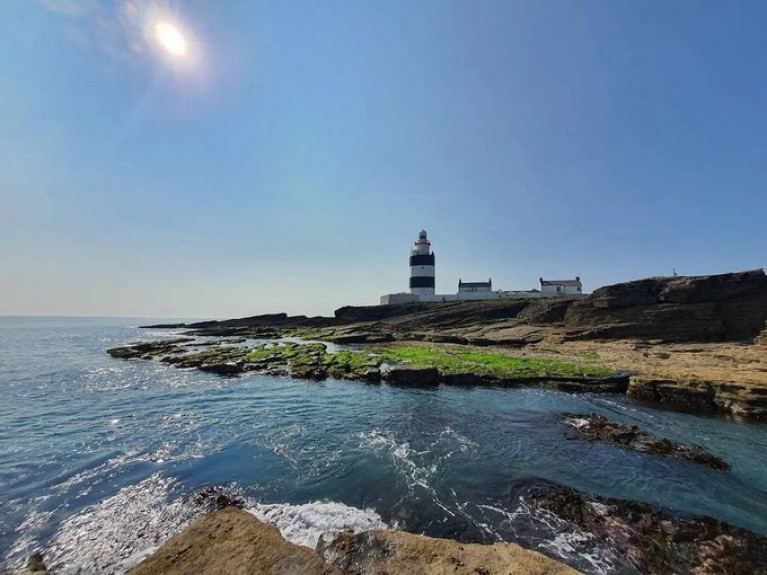Displaying items by tag: Wexford coast
Guided Tours at Hook Head Lighthouse Resume
This week guided tours have resumed at the 800-year-old Hook Lighthouse following the latest easing of Covid-19 restrictions.
Visitors are allowed back inside the Co. Wexford attraction following a long hiatus stretching to October of last year, while the grounds have been open in recent months.
"We are thrilled to be able to welcome visitors back to Hook and see them enjoy the full experience," acting manager Lorraine Waters said, adding that it is a highlight of a visit to Hook Head to be able to visit the inside of the oldest operating lighthouse in the world.
"We are going to continue to offer our outdoors guided tour experience in addition to tours of the tower as we have found that it has been hugely popular and is of particular interest to nature lovers, those with a fear of heights and those with mobility issues."
RTE News has more.





























































